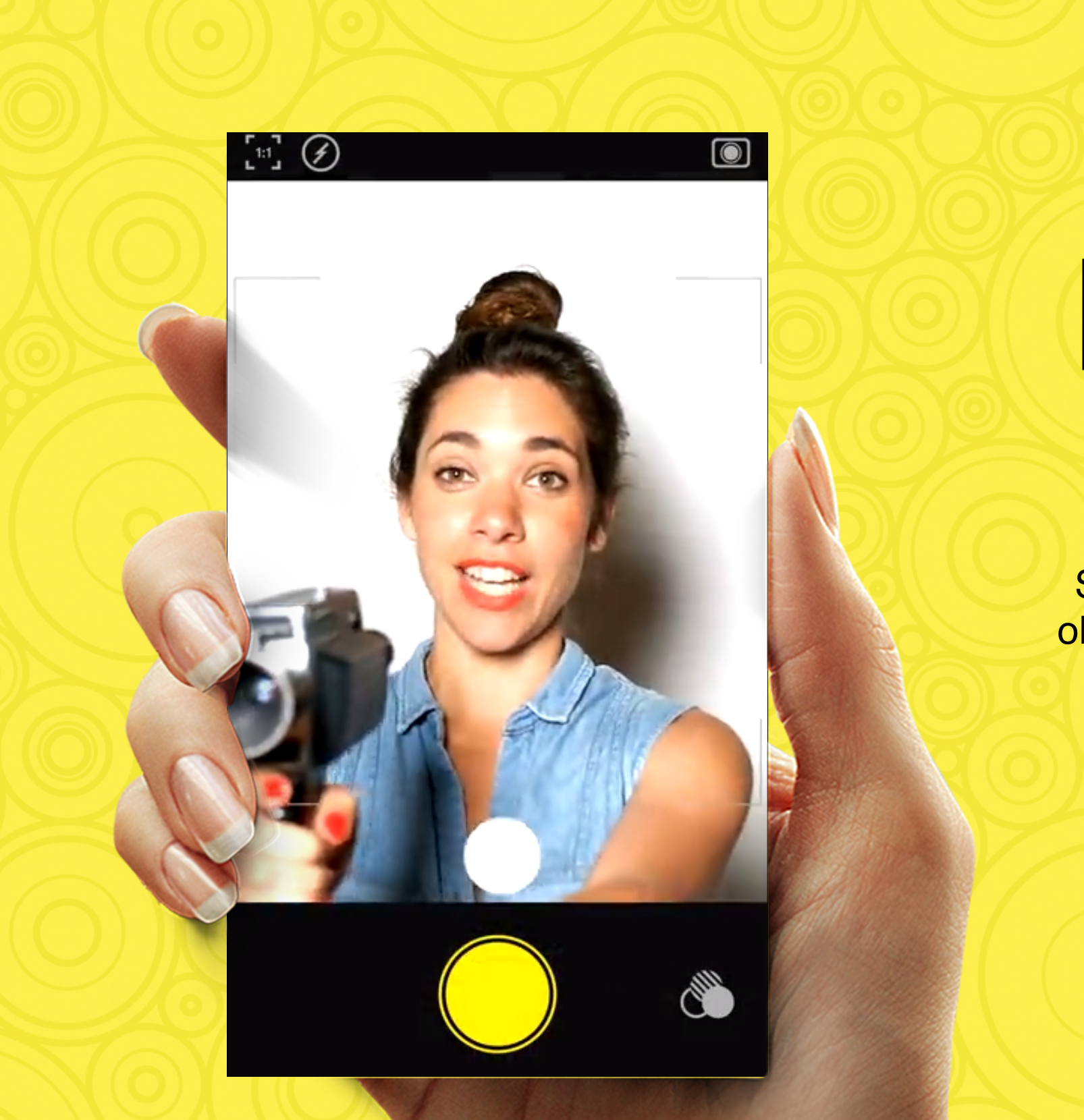Remember Hipstamatic? It’s Still Alive

Credit to Author: Claire Downs| Date: Mon, 09 Oct 2017 19:17:01 +0000
Back when Valencia and Nashville were just places, and Rise was just what you hoped to accomplish before 9 AM, the app Hipstamatic revolutionized mobile photography and helped make filtering photos mainstream. After winning Apple’s first ever “App of the Year” award in 2010 and collecting 4 million active users, it seemed like nothing could stop Hipstamatic’s meteoric rise.
Then came Instagram.
In April 2012, Facebook bought Instagram for $1 billion, seemingly putting the final nail in Hipstamatic’s coffin. Hipstamatic laid off all but six employees three months later. But more than five years since then, Hipstamatic is still not dead.
Facebook and its subsidiaries have frequently taken “inspiration” from existing interfaces, replicated them and made the original obsolete. Last year for example, Instagram launched its Stories feature, a near clone of Snapchat stories. In the year following the launch, Instagram’s daily usage has risen, while Snapchat’s has fallen dramatically. For the masses, meanwhile, Hipstamatic is irrelevant, and can now itself be considered a vintage app.
Let’s think back to 2009. It was the peak of journalism about “Hipsters” (even Time magazine weighed in) and we also had the resurgence of vintage cameras and photography. This pop culture mashup is what made Hipstamatic, founded by Lucas Buick and Ryan Dorshorst, brilliant. Buick called Hipstamatic a “Kodak for the digital era,” and revenue on the $1.99 app surpassed $10 million in its second year.
Read More: Here’s What It’s Like to Be Named Apple’s App of the Year
But while Hipstamatic focused on photo editing, emergent competitor Instagram focused primarily on photo sharing. Hipstamatic attempted to follow suit, and allowed integration with Facebook and even Instagram itself. It was too late.
“There was a lot of internal conflict over ,” Ryan Dorshorst, founder and current Chief Technology Officer of Hipstamatic told me over email. “We built the product to be a paid app that was a creative tool, and that is how it had been architected. Trying to shoehorn social on top of something, after the foundation is built and it has a core audience, was a mistake.”
The attempt to be more like Instagram was seen as deflating within the company.
Hipstamatic began developing a program called Timeline that would pull a user’s photos from various social networks (like Twitter, Tumblr and Facebook) into a single feed. In an interview with Fast Company, a former engineer recalled the crushing moment after Hipstamatic Timeline was debuted in a companywide demo. “During the meeting everyone was like, ‘You know this is Instagram, right?’ It was voiced several times: ‘This sounds a lot like Instagram.'”
Several more flailing attempts to mold Hipstamatic to fit changing tastes and increasing competition with Instagram followed, including an iPad magazine called Snap Magazine (no relation to Snapchat). Creative differences between the founding team, who referred to themselves as “The Wolfpack,” and other engineers and designers prevented a lasting product strategy from taking hold.
After Facebook bought Instagram, Hipstamatic was perceived by VCs as an Instagram copycat, and user downloads started to dwindle. Worse, Hipstamatic was hemorrhaging money: It had recently purchased a $1 million building (the “Haus of Hipstamatic”) which apparently needed $800,000 in renovations. Soon, over half of the app’s employees were laid off, prompting rumors of impending bankruptcy.
But bankruptcy never happened, and Buick and Dorshorst starting making hard choices about the app’s future. Hipstamatic scaled back its projects and the founders set their sites on focusing on what made the original product great: the app itself. Seven years later, Hipstamatic (which now sells for $2.99 instead of $1.99) has been reduced to a meager staff of six employees. The app soldiers on, and currently ranks #117 in the Apple App Store’s Photo & Video section.
So, why bother continuing to use Hipstamatic? Dorshorst said, well, the core mission of the app remains the same: To make your smartphone photos more beautiful.
“A lot of [our users] appreciate the history of photography, and how you had to make your decisions up front (lens, film, etc.) and then live with the result,” he said. “The joy of taking a photo and having it turn out even more beautiful than your memory of the moment is a driving force in this. It’s the artist’s photo app, the app you use when you want your photos to feel less digital and more real.”
It’s hard to believe it’s been nearly a decade since New York Times photographer Damon Winter used Hipstamatic to create an award-winning photo for a cover story about the war in Afghanistan. It’s even harder to believe that the app is still downloadable in close to its original form. It still takes three seconds to “print” your photo to a Polaroid-esque frame that loads in the bottom corner.
In its old age, Hipstamatic’s founders have ended up having to embrace Instagram, which cratered the popularity of their own app.
“It’s weird—and sometimes sad—to look back and realize that we had a major role to play in the very existence of Instagram,” Dorshorst said. “But the truth is all great advances are made on the shoulders of those who came before you. I think Kevin [Systrom] and Mikey [Krieger] were smart in that they realized what the secret sauce was in Hipstamatic, and they capitalized on being able to take that base ingredient and turn it into the world’s most popular photo sharing network.”
Both Dorshorst and Buick have active Instagram accounts.